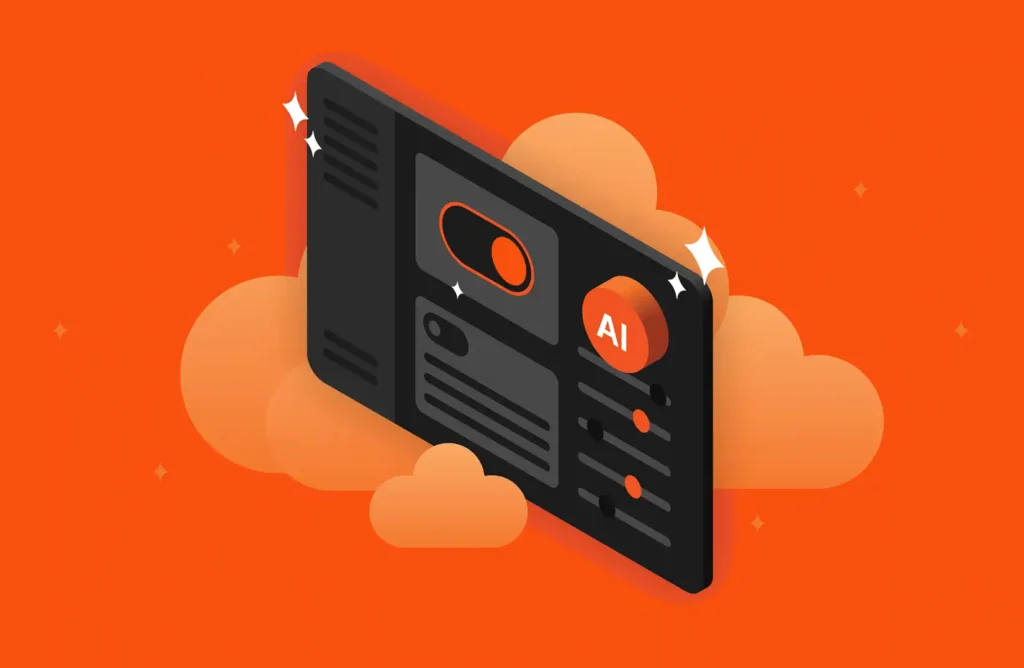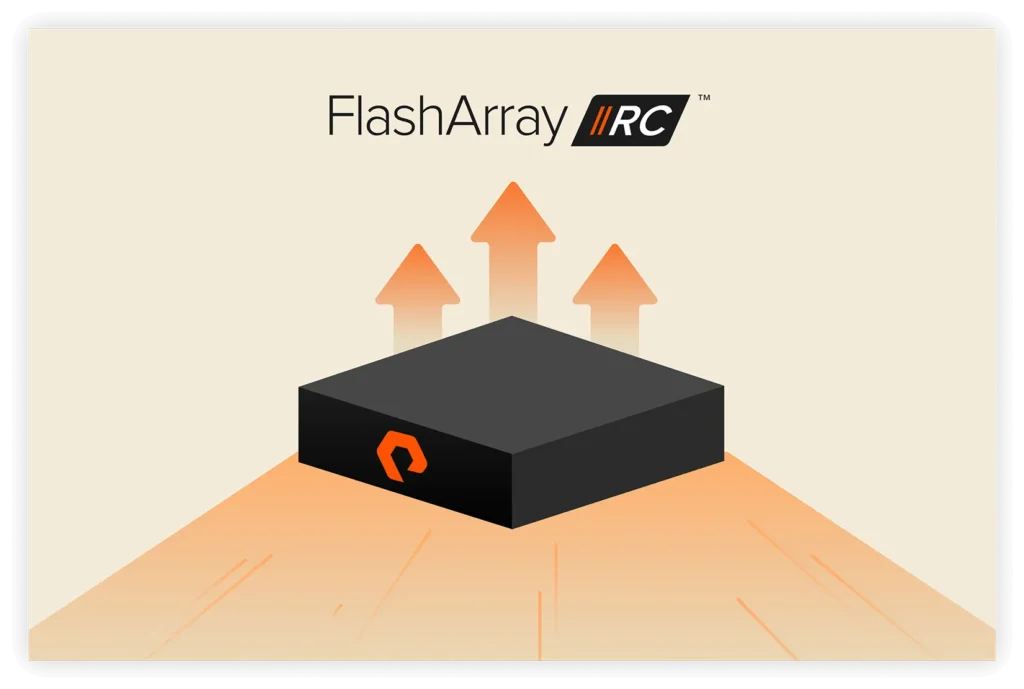When Bob Sarnecki walks into work every day, he sees firsthand how passionate his co-workers are about the children they care for. And he’s equally passionate about ensuring that the hospital’s technology delivers what they need to perform their jobs—and save lives.
Learn more about how Children’s of Alabama is using technology to boost time with patients.
As the CIO of Children’s of Alabama—which last year alone provided care for children from 46 states and seven countries—Sarnecki overhauled the hospital’s IT infrastructure to give physicians and other caregivers fast, easy access to data. He replaced underperforming storage for the hospital’s virtual desktop infrastructure (VDI) and electronic health record (EHR) system and entrusted the delivery of critical healthcare data to Pure Storage®.
When COVID-19 hit, the value of that investment became evident.
A Modern Data Foundation Accelerates Telemedicine
Children’s of Alabama was already leveraging Pure products to power a telemedicine initiative to reach rural patients in need of highly specialized healthcare and mental health services. As COVID-19 forced the city to shut down, the hospital mobilized its technology resources, integrating multiple systems to expand its telemedicine program in just four days.
Since the shelter-in-place order went into effect, the hospital has conducted the state’s second-highest number of telemedicine appointments, providing continuous care for children.
“The COVID-19 situation certainly fast-tracked our telemedicine plans, but we’ve been able to move forward swiftly without giving a thought to storage,” says Sarnecki. “Our technology has to be nimble. Children’s health is not something that goes on the back burner, even in the face of a pandemic.”
Solutions that Help, Not Hinder, Care
Technology plays an important role in the hospital’s ability to deliver world-class care, and not just virtually. Last year, Children’s of Alabama handled more than 675,000 outpatient visits and 15,000 inpatient admissions, while also housing the pediatric program of the University of Alabama-Birmingham (UAB). The ability for clinicians to communicate with patients and their caregivers in a timely fashion is central to the patient experience.
With around 3,000 clinicians relying on the hospital’s VDI each day, performance and uptime were critical factors in Sarnecki’s decision to move to Pure. Additionally, at any given time, half of the team is also accessing the hospital’s Allscripts EHR system.
After migrating to Pure, the hospital reduced VDI log-in times from upwards of five minutes to just 20 seconds. Critical patient data is now accessible 24×7. As a result, clinicians have more time to deliver patient care.
For example, inserting ear tubes is one of the hospital’s most common procedures. While the surgery itself takes only about six minutes—three minutes per ear — surgeons spent more time (about 10 minutes) documenting the procedure with the hospital’s previous system. With the new VDI and EHR running on Pure, surgeons can document the procedure in half the time, freeing them to perform one or two additional procedures per shift.
“The information we keep, process, and put in front of our physicians and medical team not only provides the basis for evidence-based care, but the data is the basis of decisions that can change the life of a child forever,” says Sarnecki.
Moving the Needle on Children’s Health
Ease of management, a superior long-term return on investment, and the elimination of forklift upgrades with Pure’s Evergreen™ Storage program also contributed to Sarnecki’s decision to go with Pure. But perhaps the most important factor was the strong relationship with the Pure team and the understanding that data isn’t just mission-critical—it’s inherent to the hospital’s mission.
That mission includes fostering excellence in research and medical education. Last year a world-class genomics research team arrived at UAB with 700TB of data and an estimated annual growth rate of an additional 500TB. With historical data factored in, this total could reach 5PB. Sarnecki has his eye on FlashBlade® to deliver the massive throughput required.
“Genomic data is very dense, and you have to deal with huge data models that often are processed over and over again,” says Sarnecki. “Massive parallel processing is often the only approach that works, which means this team needs to be on FlashBlade to move the data as aggressively as we can.”
In the meantime, Children’s of Alabama will continue to rely on its technology investment to deliver care in new and innovative ways to keep patients and their families safe and healthy during these uncertain times.




